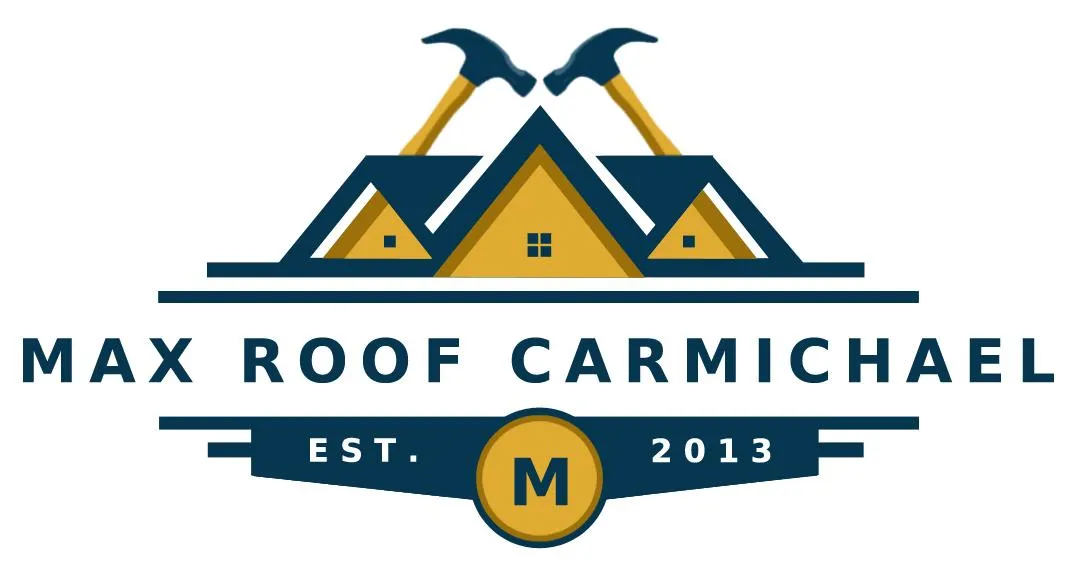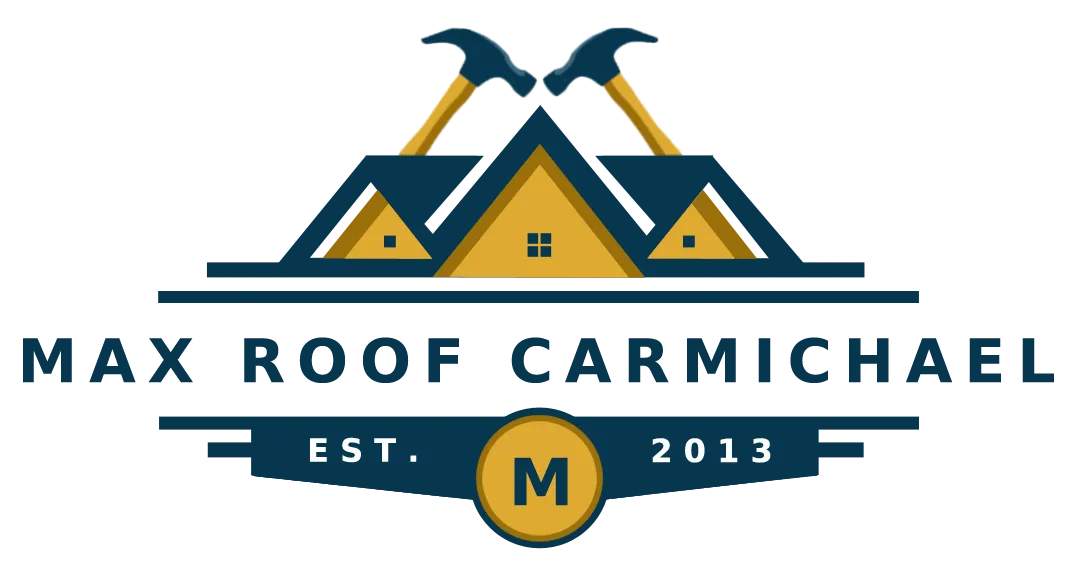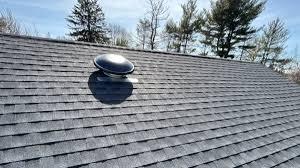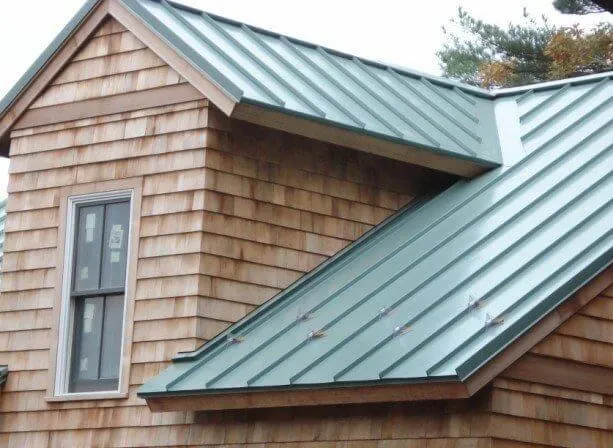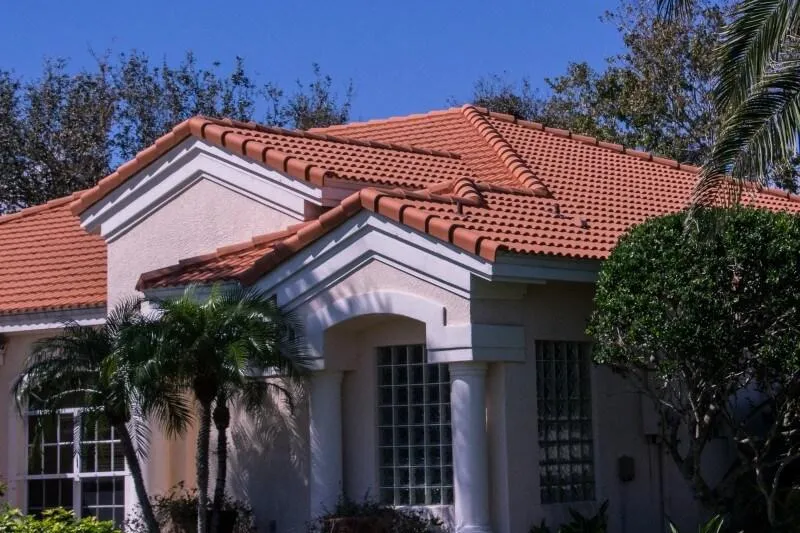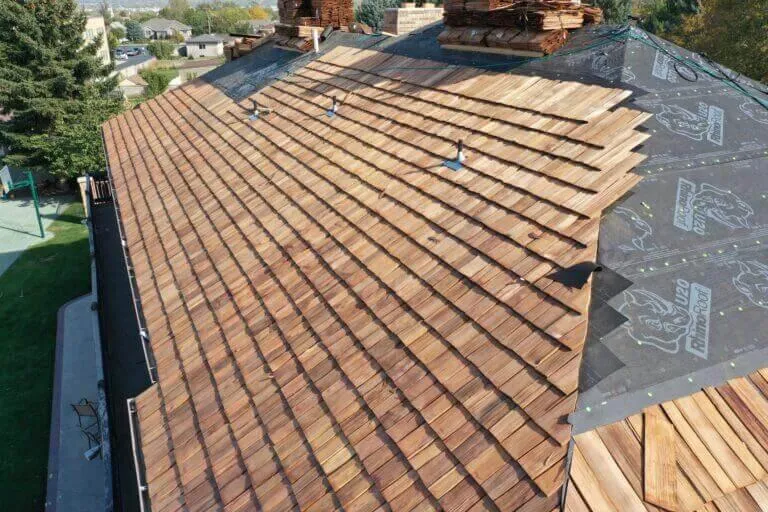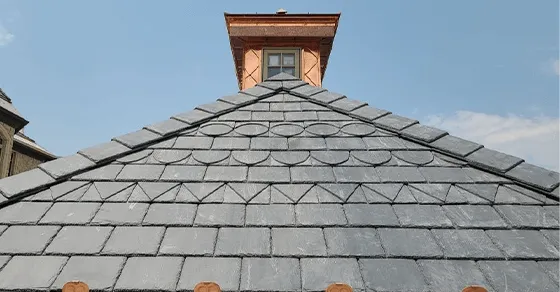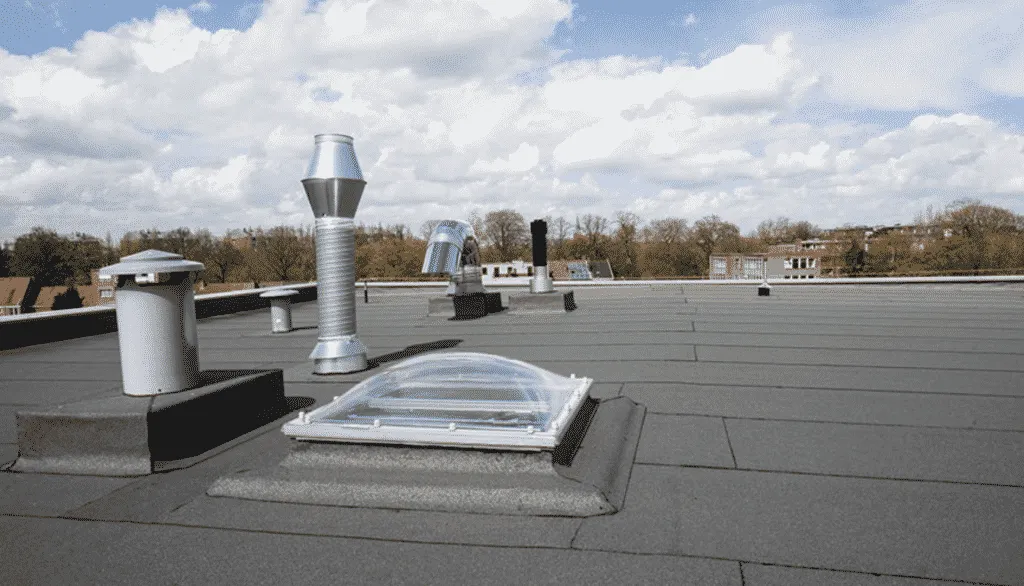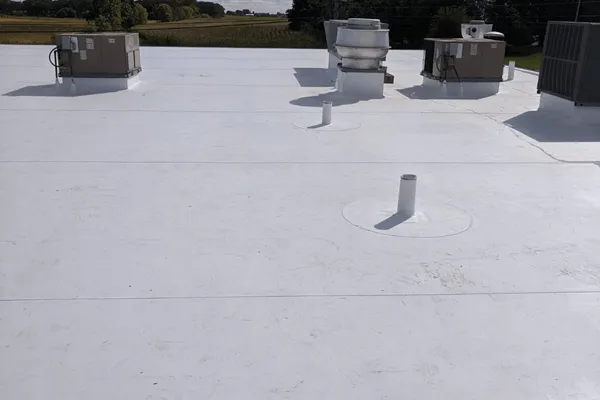Slate Roof Leak Detection Carmichael
Slate Roof Leak Detection Carmichael
If you have a slate roof in Carmichael, keeping it in good shape is key to avoiding leaks and costly repairs. Slate roofs are known for their durability and classic look, but they can still develop issues over time. This article will guide you through understanding slate roofs, spotting leaks, and the best ways to fix them. Whether you’re dealing with a minor drip or a major leak, knowing what to look for can save you a lot of trouble down the road.
Key Takeaways
Slate roofs are long-lasting and energy-efficient, making them a great investment.
Leaks can be caused by weather, improper installation, or debris buildup.
Look for signs like water stains, mold, and missing slates to catch leaks early.
Professional techniques like infrared scanning can help detect hidden leaks.
Regular roof inspections can prevent small issues from becoming major problems.
Understanding Slate Roofs and Their Benefits

Slate roofs! They're not just roofs; they're like the guardians of your home, standing strong against whatever Mother Nature throws their way. I mean, who wouldn't want a roof that looks good and does its job well? Let's get into why these roofs are so awesome.
Durability and Longevity
Okay, so, slate roofs are seriously tough. We're talking about roofs that can last over a century. It's not unusual to see slate roofs that have been protecting homes for 100, 150, or even 200 years! Think about that – you install it, and it could outlive you, your kids, and maybe even your grandkids. Plus, they're naturally fire-resistant, which is a huge bonus. Regular roof inspections can help maintain this longevity.
Energy Efficiency
Did you know slate can help keep your energy bills down? Slate is a natural insulator. In the summer, it helps keep the heat out, and in the winter, it helps keep the warmth in. This means your HVAC system doesn't have to work as hard, saving you money and reducing your carbon footprint. It's a win-win!
Aesthetic Appeal
Let's be honest, slate roofs look amazing. They have a classic, elegant look that can boost your home's curb appeal. Slate comes in different colors and textures, so you can find one that matches your style. Whether you're into a rustic look or something more modern, there's a slate roof out there for you. Plus, a beautiful roof can increase your home's value, which is always a good thing.
Slate roofs are a great investment. They might cost more upfront, but their lifespan and low maintenance make them cost-effective. Plus, they add a touch of class to any home. If you're thinking about a new roof, slate is worth considering.
Common Causes of Slate Roof Leaks
Weather-Related Damage
Slate roofs, while durable, aren't immune to the elements. Severe weather can definitely take its toll. Think about it: heavy snow, ice storms, and strong winds can all cause slates to crack, loosen, or even slide off the roof. Freeze-thaw cycles are particularly rough, as water gets into tiny cracks, freezes, expands, and then thaws, widening those cracks over time. This constant stress weakens the slate, making it more vulnerable to damage. It's a slow process, but over the years, it can lead to some serious problems. If you think your roof has suffered weather damage, it's a good idea to get a roof leak repair expert to take a look.
Improper Installation
Even the best materials won't perform well if they're not installed correctly. With slate roofs, proper installation is absolutely key. If the slates aren't properly overlapped, or if the wrong type of nails are used, you're just asking for trouble. Poor flashing around chimneys, vents, and valleys is another common culprit. These are all areas where water can easily penetrate if the installation isn't up to par. It's worth paying a bit more to get a qualified installer who knows what they're doing.
Debris Accumulation
Leaves, branches, and other debris can pile up on your roof, especially in valleys and around chimneys. This debris traps moisture against the slate, which can lead to deterioration over time. Plus, the added weight can put stress on the roof structure. It's a good idea to regularly clear off any debris to keep your roof in good shape. Clogged gutters can also contribute to this problem, so make sure those are clean too.
Keeping your roof clear of debris and ensuring proper water runoff can significantly extend its lifespan and prevent many common leak issues.
Here's a quick checklist for preventing debris accumulation:
Clear gutters at least twice a year (spring and fall).
Trim overhanging branches.
Regularly inspect the roof for any build-up of leaves or other debris.
Signs of a Slate Roof Leak
Okay, so you've got a slate roof. They're beautiful and tough, but not invincible. Knowing what to look for can save you a lot of trouble (and money!) down the road. Here's the lowdown on spotting those sneaky leaks.
Water Stains on Ceilings
This is probably the most obvious sign. Keep an eye out for any discoloration, damp spots, or actual dripping water on your ceilings. These stains often appear as brownish or yellowish rings and can expand over time if the leak isn't addressed. It's not always directly below the leak, water can travel a bit before it shows up. So, if you see a stain, start investigating immediately.
Mold and Mildew Growth
Where there's moisture, there's mold. If you notice a musty smell or see mold or mildew growing on your ceilings or walls, especially in areas near the roofline, it's a big red flag. Mold isn't just unsightly; it can also cause health problems. So, don't ignore it! Check attics and upper-level rooms carefully.
Missing or Damaged Slates
Sometimes, the problem is right there in plain sight. Walk around your property and visually inspect your roof (from the ground, of course!). Look for any slates that are missing, cracked, chipped, or sliding out of place. Even a small amount of damage can let water in. If you're comfortable and it's safe, use binoculars for a closer look. Remember, safety first!
Ignoring these signs can lead to bigger problems, like structural damage to your home. Regular checks and quick action are key to keeping your slate roof in top shape.
Professional Leak Detection Techniques
So, you suspect a leak in your slate roof? Time to bring in the pros! They have some pretty cool tools and methods to pinpoint exactly where that water is sneaking in. It's way more than just climbing up there and poking around.
Infrared Scanning
Okay, this is like something out of a spy movie. Infrared scanning uses thermal cameras to detect temperature differences on your roof. Because water changes the temperature of materials, even a tiny leak can show up as a cold or hot spot on the scan. It's non-invasive, which means they don't have to tear anything apart to find the problem. Pretty neat, huh?
Moisture Meters
Think of these as fancy stud finders, but for water. Moisture meters are used to measure the amount of moisture present in roofing materials, like the wood under your slate. They can help confirm if a suspicious area found with infrared scanning is actually wet. There are two main types: penetrating and non-penetrating. Penetrating meters use pins that are inserted into the material, while non-penetrating meters use electromagnetic fields to measure moisture levels without causing damage.
Visual Inspections
Don't underestimate the power of a good, old-fashioned visual inspection. A trained eye can spot a lot! Pros know what to look for: cracked or missing slates, damaged flashing around chimneys and vents, and signs of water damage like staining or algae growth. They'll also check the attic for any telltale signs of leaks. It's often the first step in leak detection, and it can provide valuable clues even before using more advanced tools.
A professional roofer will combine these techniques to get a complete picture of your roof's condition. They're not just guessing; they're using science and experience to find and fix the problem. This approach minimizes damage and ensures the repair addresses the root cause of the leak, not just the symptoms.
The Importance of Regular Roof Inspections

Think of your roof as the unsung hero of your home. It's up there, day in and day out, battling the elements to keep you safe and dry. But just like any other part of your house, it needs a little TLC to stay in top shape. That's where regular roof inspections come in. They're not just a formality; they're a smart way to protect your investment and avoid costly headaches down the road.
Preventative Maintenance
Regular inspections are all about catching small problems before they turn into big ones. It's like going to the doctor for a check-up – you might feel fine, but a professional can spot potential issues you wouldn't notice yourself. With roofs, this could mean identifying a loose slate, a crack in the flashing, or a buildup of debris. Addressing these minor issues promptly can prevent water damage, structural problems, and other expensive repairs.
Identifying Minor Issues Early
One of the biggest benefits of regular inspections is the ability to catch minor issues early on. A small leak, for example, might not seem like a big deal at first. But over time, it can lead to wood rot, mold growth, and damage to your ceilings and walls. By identifying and fixing these problems early, you can save yourself a lot of money and hassle in the long run. It's way easier to replace a few slates than to deal with a collapsed section of your roof, trust me.
Extending Roof Lifespan
Think of regular inspections as an investment in the longevity of your roof. By keeping it in good condition, you can extend its lifespan and avoid the need for a premature replacement. This not only saves you money but also gives you peace of mind knowing that your home is well-protected. Plus, a well-maintained roof can even increase the value of your property. It's a win-win situation!
Regular roof inspections are a proactive approach to homeownership. They help you stay ahead of potential problems, protect your investment, and ensure the safety and comfort of your family. Don't wait until you have a major leak to think about your roof. Schedule a professional inspection today and enjoy the peace of mind that comes with knowing your roof is in good hands.
Choosing the Right Repair Service in Carmichael
Finding the right team to fix your slate roof can feel overwhelming. You want someone reliable, skilled, and fair. Here's what to look for when making your choice.
Experience and Expertise
When it comes to slate roofs, you can't just hire anyone. Slate roofing requires a specific skillset that not all contractors possess. Look for a company with a proven track record of working with slate, not just asphalt shingles. Ask about their experience with slate repairs and replacements. How long have they been in business? Do they have specialized training? Don't be afraid to ask for examples of their previous work. A company like Max Roof Carmichale with years in the industry is often a safer bet.
Customer Reviews
In today's world, online reviews are gold. Check out what previous customers have to say about the company. Look at multiple sources – Google, Yelp, and the Better Business Bureau. Pay attention to both the positive and negative reviews. Are there consistent themes? Do they respond to complaints professionally? A company with consistently positive reviews is a good sign, but don't dismiss a company just because of one or two negative comments. See how they handle criticism.
Service Guarantees
Before hiring anyone, make sure they offer some kind of guarantee or warranty on their work. What happens if the leak returns after they've "fixed" it? Will they come back and address the issue without charging you again? A solid service guarantee shows that the company stands behind its work and is committed to customer satisfaction. It's also a good idea to ask about their insurance coverage. You want to make sure they're properly insured in case of any accidents or damage during the repair process. Getting a free quote is a great way to start the process and understand what guarantees they offer.
Choosing a roofing contractor is a big decision. Take your time, do your research, and don't be afraid to ask questions. A little bit of effort upfront can save you a lot of headaches (and money) down the road.
Here's a quick checklist to keep in mind:
Verify their experience with slate roofs.
Read online reviews from multiple sources.
Confirm they offer a service guarantee.
Check their insurance coverage.
Get a detailed quote in writing.
DIY Leak Detection Tips for Homeowners
While professional help is often needed for slate roof leak detection, there are some things you can do yourself to spot potential problems early. These tips can help you identify issues before they become major headaches, saving you time and money in the long run.
Visual Checks
Start with a simple visual inspection. Walk around your property and look at the roof from the ground. Use binoculars for a closer look, but never climb onto the roof yourself unless you're comfortable and have the proper safety equipment. Look for:
Missing, cracked, or displaced slates. These are obvious signs of damage.
Areas where moss or algae growth is excessive, as this can trap moisture.
Any sagging areas, which could indicate water accumulation.
Using a Hose Test
If you suspect a leak but can't pinpoint its location, a hose test might help. This involves carefully running water over sections of the roof to see if you can replicate the leak inside your home. Here's how to do it safely:
Have someone inside the house to watch for leaks.
Start at the lowest point of the roof and work your way up, one section at a time.
Run water gently over each area for a few minutes.
If a leak appears inside, you've likely found the source. If you need Carmichael roof leak repair, call a professional.
Remember, safety first! Avoid using a hose test on windy days or if the roof is slippery. If you're not comfortable on a ladder, skip this step and call a professional.
Monitoring Weather Conditions
Pay attention to how your roof behaves during and after rain. Note any patterns or specific weather conditions that seem to trigger leaks. This information can be incredibly helpful for a professional when they come to assess the situation. Keep a simple log:
Date and time of rainfall
Intensity of rainfall (light, medium, heavy)
Location of any observed leaks inside the house
Wind direction and speed
This detailed record can assist in pinpointing the exact cause and location of the leak, making the leak detection process more efficient.
Wrapping It Up
So, there you have it! Keeping an eye on your slate roof is super important if you want to avoid bigger problems down the line. Whether it’s a small leak or just some wear and tear, catching issues early can save you a lot of hassle and money. Don’t hesitate to reach out to a local expert if you notice anything off. They can help you figure out what’s going on and get things fixed up right. Remember, a little maintenance goes a long way in keeping your home safe and sound!
Frequently Asked Questions
What are the benefits of having a slate roof?
Slate roofs are very durable and can last for a long time, often over 100 years. They also help keep your home cool in the summer and warm in the winter, which can save you money on energy bills.
What causes leaks in slate roofs?
Leaks can happen due to bad weather, like heavy rain or snow, poor installation, or if debris like leaves builds up on the roof.
How can I tell if my slate roof has a leak?
Look for water stains on your ceilings, notice any mold or mildew, or check if any slates are missing or broken.
What methods do professionals use to find roof leaks?
Experts often use infrared scanning to see where moisture is hiding, moisture meters to check damp areas, and visual inspections to spot obvious problems.
Why is it important to have regular roof inspections?
Regular inspections help catch small problems before they become big ones, making it easier and cheaper to fix issues and extend the life of your roof.
How do I choose a good roof repair service in Carmichael?
Look for companies with experience, check customer reviews, and see if they offer service guarantees to ensure you get quality work.
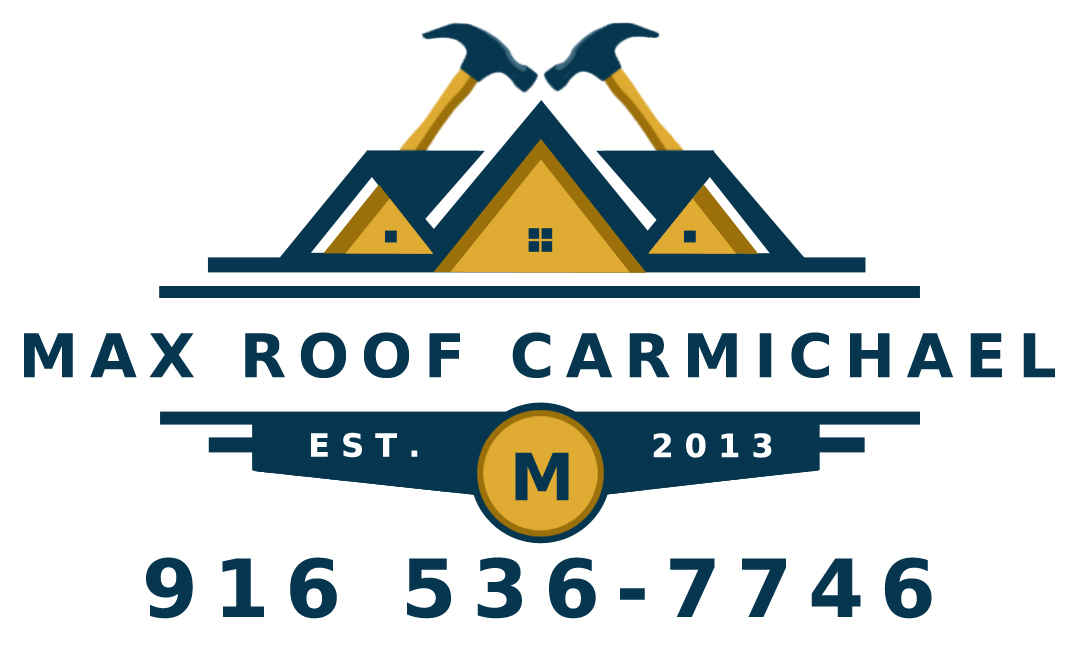
Contact Us To Get A Free Quote!
Roofing We Install In Carmichael
